An anguished, frustrated and dejected IAF chief
There is a general fear amongst the decision-making tier of the IAF
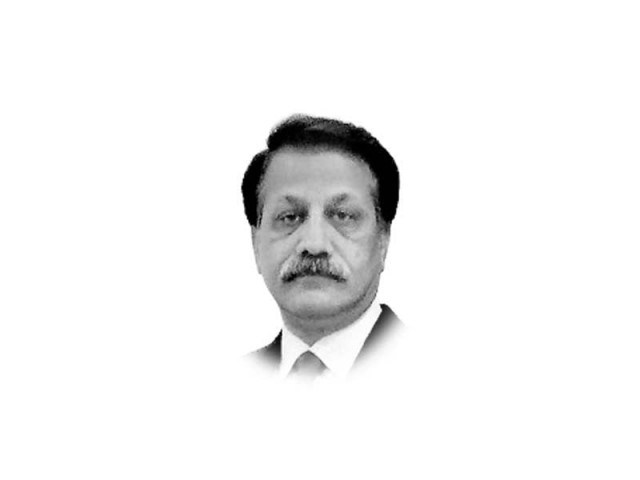
While speaking to Rahul Kanwal and Gaurav Sawant, the News Director and the Managing Editor of India Today respectively, at India Today Conclave 2025 on 23 January 2025, the Indian Air Force (IAF) Chief, Air Chief Marshal (ACM) Amar Preet Singh expressed his objective but candid views on a host of sensitive yet significant issues.
He particularly focused on IAF's limitations regarding its indigenisation drive, ever-widening qualitative gap with respect to the competitive regional Air Forces (China and Pakistan), and dilemma to choose between self-reliance or off-the-shelf acquisitions in the race against time. Towards later part of the interview, he particularly appeared anguished and disturbed about discourteous interjections and exhibition of pseudo expertise by the hosts compelling him to sarcastically invite them to work for the IAF as freelancers.
The ACM did not either mince words to express his displeasure and discomfort towards the hosts for bringing his private conversation with the officials of Hindustan Aeronautics Limited (HAL) to the public.
While finalising the envisioned implementation plan of the Cold Start Doctrine against Pakistan and lamenting two-front war mantra, IAF's projections were rationalised to 42 squadron Air Force in 2014 by the Indian political and military leadership. However, gradual decommissioning of the aging fleet has reduced IAF to 32 squadrons which, according to the hosts of the India Today Conclave 2025, is further projected to shrink to 25-26 squadrons by 2030.
The deficiencies so arise were planned to be systematically filled by the six squadrons of indigenously built LCA/Tejas (Mk-1, Mk-1A & Mk-2) by HAL alongside off-the-shelf acquisitions of 126 Rafale aircraft. However, despite the lapse of over four decades of hard work and huge financial, technological and HR investments, HAL seems to be way short of its promised targets and timelines.
The IAF chief was unhappy and visibly frustrated with the delayed decision-making, in this regard, by the political leadership and painfully slow progress by HAL. His criticism of HAL colleagues can be inferred as: (i) pursuing the project without the continuous inputs from the IAF resulting in systematic delays; (ii) delays in timely addressing the highlighted observations and incorporating requiste modifications; (iii) perpetuity of technological gaps due to continuous shifting of goal posts and manufacturing delays; (iv) vicious cycle of delayed timelines vs increasing costs; and (iv) delayed availability of funds due to red tapism.
There is a general fear amongst the decision-making tier of the IAF that acute deficiency in aircraft numbers may result in panic buying of off-the-shelf foreign platforms, thus compromising on the long-drawn indigenisation efforts of IAF.
The IAF chief's frustration could be understood within the context that the current IAF fleet is suffering from both qualitative and quantitative differential which becomes more pronounced when asked to confront and compete nuclear neighbours equipped with more modern and more lethal aerial platforms.
Pakistan's endeavours to co-produce and acquire 5th generation aircraft with long range stand-off weapons and retention of first shot capabilities ahead of IAF are sure enough reasons to have sleepless nights for the IAF chief, let alone China indigenously producing 6th generation aircraft for its air force. Mr Singh was caught off guard to say that "IAF would employ 'tactics' to fight qualitatively superior adversary" while trying to defend IAF's current state of affairs.
Interestingly, the IAF's current fleet is not only ageing but also presents serious interoperability problems due to vintage and diversity. French-built Rafale is IAF's best bet which at best is 4.5 generation aircraft with relatively inferior avionics and weaponry.
In the face of delayed production of Tejas, pursuance of the Defence Research and Development Organization's (DRDO) Advance Medium Combat Aircraft (AMCA) practically seems a distant possibility. Therefore, off-the-shelf purchase of additional Rafale from France and decision to buy another 120 modern platforms from elsewhere seems to be the only viable option for the IAF which, if materialised, would take at least ten years to fully operationalise.
By the time PAF would fully operationalise its 5th generation platforms, IAF would still be reeling between the dilemma to choose either self-reliance or go for direct acquisitions. Nevertheless, in either of the cases, PAF is likely to maintain its qualitative superiority over IAF for at least next 10-15 years.
The IAF's recent acquisitions are a piecemeal solution and thus not commensurate with its desired role within the overall geopolitical and geostrategic objectives of India. Weapon systems like Russian S-400 SAMs and French-built Rafale aircraft present acute deployment and employment limitations especially in a potentially heavily contested and competitive airspace along the eastern and western frontiers of India.
In the same backdrop, likely presence of 5th and 6th generation platforms in the near future within its immediate neighbourhood may compel the IAF to panic purchase 5th generation platforms (F-35 or SU-57) either from Russia or from the USA. Such a decision, if materialised, would not only adversely impact its indigenisation drive but would add complexities to already fragile ecosystem of IAF.
In short, ACM Singh, as a professional and honest airman, has not only identified limitations and shortcomings within the IAF but also expressed his anguish, frustration and dejection about the current capabilities of IAF vis-à-vis desired role and tasks. His remarks that "if a person equipped with a chaku (knife) is made to fight another person having a gun, [he] may not succeed all the times" exhibit his frustration about the state of current capabilities of IAF and amply describe the likely outcome of any future conflict involving IAF.




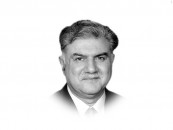


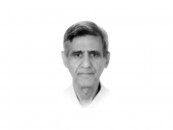

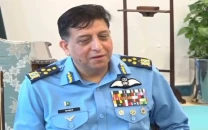
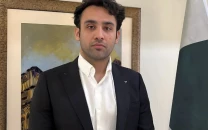
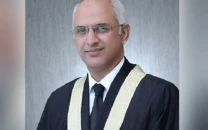
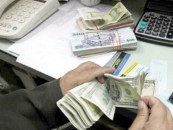


COMMENTS (6)
Comments are moderated and generally will be posted if they are on-topic and not abusive.
For more information, please see our Comments FAQ